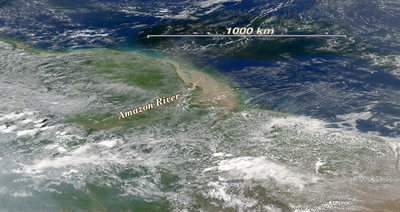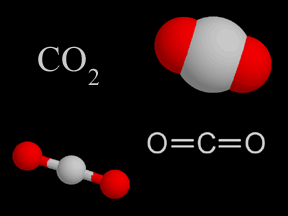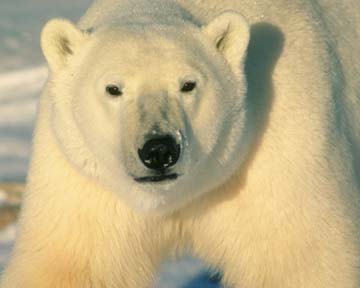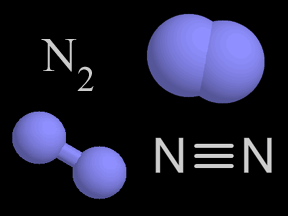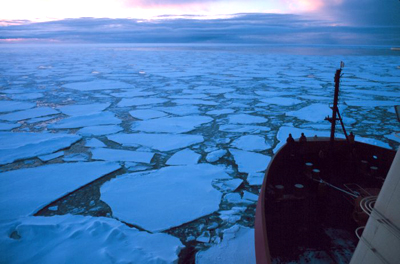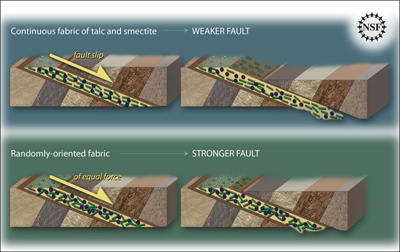Click on image for full size
Image Courtesy of Norman Kuring/NASA
Outflow from the Amazon River Powers Atlantic Ocean Carbon “Sink”
News story originally written on July 21, 2008
A large plume of nutrient-rich waters flows from the Amazon River far out into the ocean. Ajit Subramaniam, a biological oceanographer, and Doug Capone, a marine scientist, have found that microorganisms living in the Amazon River's outflow take in a significant amount of carbon dioxide from the atmosphere into the tropical ocean. This finding reveals the surprisingly large role of tropical oceans and major rivers in the oceans' total carbon uptake.
Scientists knew that the tropical North Atlantic Ocean emitted carbon from the respiration of ocean life. The new study finds that the respiration is offset by a group of organisms called diazotrophs, which are phytoplankton. Diazotrophs take nitrogen and carbon from the air and use them to make organic solids that sink to the ocean floor. Diazotrophs "fix" nitrogen so that they can thrive in the nutrient-poor waters of the deep ocean. These processes are part of the carbon cycle.
The Amazon River is the largest river in the world by volume; it also has the largest drainage basin on the planet, including about one fifth of Earth's total river flow. Because it is so large, it is sometimes called "the river sea." Other large tropical rivers of the world also may contribute to carbon capture, said Doug Capone. He added that studies on such rivers are in progress.
Polar seas are still responsible for most of the oceans' carbon uptake. But though carbon dioxide dissolves more easily in cooler waters, the warm oceans may be where a permanent carbon sink is more likely, said Capone.


